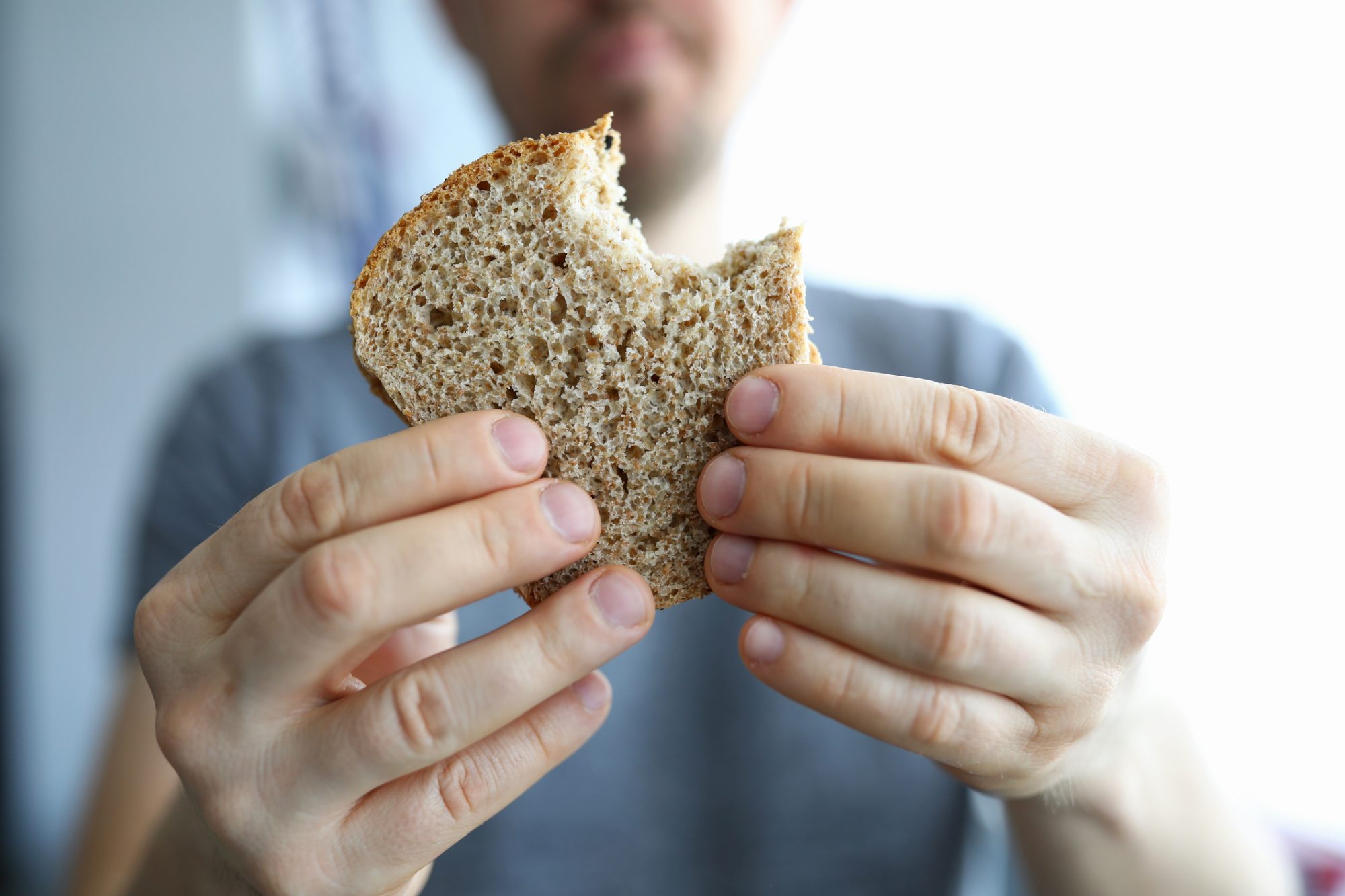Understanding and Reintroducing Gluten: A Detailed Guide
Introduction
I’ve written before about how to reintroduce gluten, but as many individuals contact me and tell me, they are struggling ( such as the lady in this feature on gluten) that find to digest gluten, but some breads are okay and others are not, often leading to confusion and that they feel frustration in different responses to gluten – so I thought I’d add more to this feature and provide some advise on this issues here.

Often when people contact me they want to reintroduce bread, but having been off bread for so long they need help to reintroduce bread. This issue of not eating bread and then re introduction is multifaceted, encompassing a range of digestive and systemic symptoms. This article aims to provide a comprehensive understanding of why gluten might be problematic and offer practical steps if you want to reintroduce bread into your diet safely using sourdough to pre-digest the wheat.
The Complexity of Digestive Issues
In the first instance, any digestive issue should be investigated by a medical or healthcare professional. Unfortunately, there are instances where patients feel dismissed by their providers, which can exacerbate anxiety. It’s crucial to understand that conditions like IBS (Irritable Bowel Syndrome) are not a single diagnosis but rather a collection of symptoms such as constipation, gas, bloating, pain, and diarrhoea. These symptoms can create a stress-anxiety feedback loop, further complicating the issue.
Why Fast Fermented Bread Can Exacerbate Symptoms
Undigested gluten in fast-fermented bread, such as those made with commercial yeast, can exacerbate symptoms in individuals with coeliac disease, gluten sensitivity, and related conditions. This is because the rapid fermentation process does not allow sufficient time for the gluten proteins to be broken down. Consequently, these undigested proteins can trigger immune reactions, leading to symptoms such as brain fog, digestive distress, and an overall feeling of being unwell.
The Role of Fermentation in Gluten Digestion
Slow fermentation, of the grain in the sourdough process triggers an enzymatic response that helps break down gluten proteins. During the fermentation process, natural enzymes and beneficial bacteria work on the gluten, partially digesting it. This does not mean that the bread gluten-free, but it does mean that the body receives a “helping hand” in digesting it, as the gluten has been partially broken down before consumption. This can make it easier for individuals with gluten sensitivities to tolerate
The Role of Fermentation in breaking down Carbohydrates
The long fermentation process also allows these microorganisms to pre-digest complex carbohydrates into simpler sugars, which are easier for our bodies to handle. This breakdown includes reducing levels of fermentable oligosaccharides, disaccharides, monosaccharides, and polyols (FODMAPs), which are known to cause bloating and other digestive issues.
The Role of Gut Microbiome and Fibre
A key aspect of digestive health is maintaining a balanced gut microbiome. Avoiding certain foods, such as wheat and fibre which can reduce microbial diversity, leading to further gut dysbiosis. While increasing fibre intake is often recommended, it must be done carefully, as fibre can also be the cause of the symptoms and it can feel like your digestive problems and getting worse. The goal here is to rebuild the gut microbiome gradually,
Reintroducing Gluten: A Step-by-Step Guide

- Start with a long Slow Fermented Whole-Grain Bread:
- Begin with a homemade whole-grain slow-fermented tin loaf.
- Allow the loaf to ferment overnight in the fridge before baking. This long fermentation process helps pre-digest some of the FODMAPs (fermentable oligosaccharides, disaccharides, monosaccharides, and polyols) that often cause bloating.
- Gradual Reintroduction:
- Slice the cooled loaf into 10-12 slices and freeze.
- On the first day, take half a slice and cut it into 4 small pieces. Consume one piece, chewing slowly and mindfully.
- On the second day, likewise thaw or toast another half slice and consume two small pieces, and on the third day, finish the slice. This gradual approach allows your gut to adapt slowly.
- Mindful Eating:
- Ensure you eat in a relaxed state. Play calming music and focus on chewing thoroughly until the bread becomes liquid this will send a positive message grant it is ok to eat and digest to your digestive system.
- This practice of staying calm as you eat helps signal your gut that it is safe to digest, reducing stress-related digestive shutdown.
- Increase Intake Gradually:
- After a week of this slow reintroduction, you can begin to consume a whole slice spread over three meals in a day.
- Continue this for another week before moving on to eating a whole slice at a meal.
Monitoring Symptoms and Seeking Professional Help
If symptoms persist or worsen, document them meticulously, including times, dates, and dietary details. This post has some good information about reintroducing gluten, but my main advice is to present this information to your healthcare provider to ensure your concerns are taken seriously. If necessary, request a referral to a gastroenterologist to rule out serious conditions such as bowel cancer, coeliac disease, diverticulitis, and inflammatory bowel disease.
Red Flags to Watch For and Speak to Your Healthcare Provider About:
- Unexplained weight loss
- Blood in stool
- Severe or persistent abdominal pain
- Changes in bowel habits lasting more than a few weeks
Some Considerations Beyond Gluten
Sometimes, issues such as Coeliac Disease means you should never reintroduce gluten, however some issues that are attributed to gluten intolerance might actually stem from other conditions such as Small Intestinal Bacterial Overgrowth (SIBO) or histamine intolerance. These conditions require specific approaches and treatments, often best managed with the help of a specialist.
Go slow, Be kind to yourself, and take your time.
Reintroducing gluten into your diet is a gradual process that requires patience and mindfulness. By following these steps and working closely with your healthcare provider, you can manage and potentially overcome gluten sensitivity. Remember, rebuilding your gut health is a journey, and persistence is key.
There are extra resources here on eating bread with IBS and here on Sourdough and IBS – Please share your experiences and insights in the comments section below. I hope this guide provides clarity and support in your journey toward better digestive health.
Kind regards,
Dr Vanessa Kimbell




 Bread Classification: A Framework to determine if bread is healthy or not.
Bread Classification: A Framework to determine if bread is healthy or not.
Leave a Reply